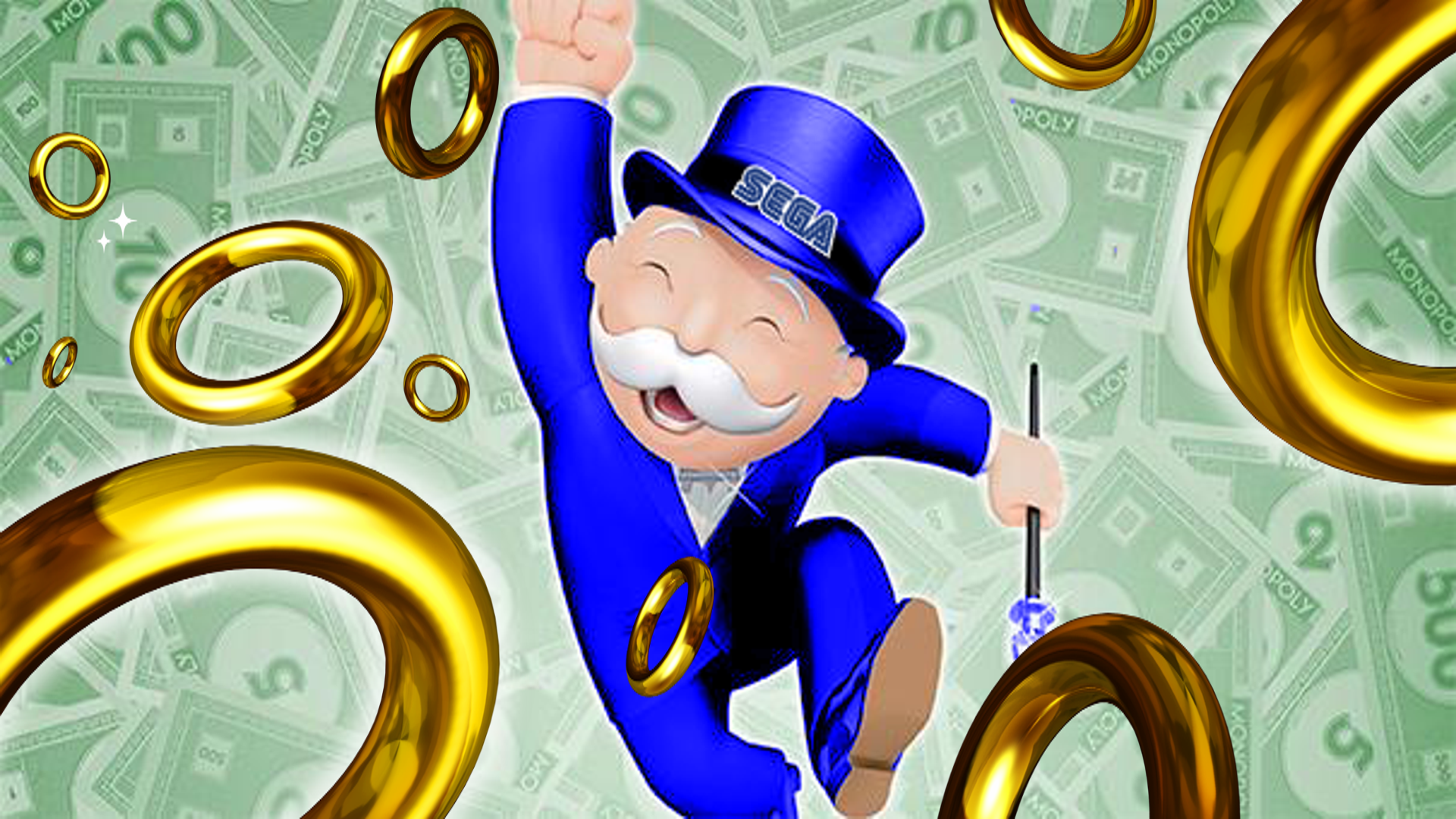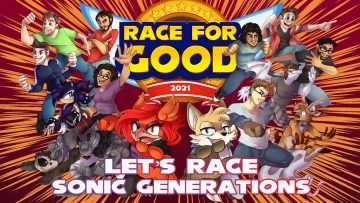
Wall Street Journal: Sega Making a Comeback
Here is the full article from WSJ, an interesting read:
Sonic the Hedgehog is fighting his way back to a comeback, despite a menacing Donkey Kong and swarms of Pokemon.
As cartoonish as it sounds, it is a high stakes battle – video games now bring in as much money as Hollywood movies. Sonic, SEGA Enterprises Ltd.’s star video-game character, led the Japanese company’s charge back into the U.S. video game market late last year with its new Dreamcast game machine. The little blue hedgehog helped boost Sega’s market share of game machines to 15% in the fourth quarter of 1999 from just 0.1% a year before, according to research firm NPD Group in Port Washington, N.Y.
Nintendo Co. and Sony Corp., for the first time in years, lost ground in the battle. Sony’s dominant PlayStation machine dropped to a 53% market share from 63% a year ago, and Nintendo’s machines slipped to a 32% share from 37% (The figures don’t include Nintendo’s hand-held GameBoy machines.) Sega even beat its own expectations: It sold 1.5 million of its $199 Dreamcast machines and 4.5 million games in the U.S. market in the last four months of the year – garnering about $523 million in revenue. Sega’s goal had been to sell that many Dreamcast machines in six months.
Sega’s comeback capped a year of relatively moderate growth for video-game sales. U.S. video-game hardware and software sales grew 11% to $6.9 million, NPD said. In 1998, sales grew 24%.
The slower growth suggests consumers were holding off in anticipation of new hardware, said Jeremy Schwartz, an analyst at Forrester Research in Cambridge, Mass. “Some people wanted to wait for new platforms, some products were delayed, but it is still a good year,” he said.
Nintendo started slipping in the video-game console battles, although it dominated the top-game-sales lists. And its hand-held GameBoy got a big boost from Pokemon titles, which feature 151 fantasy animals that players must hunt down and capture. Sony still held its lead in the overall market, though it said its U.S. sales in December dropped versus a year ago.
But Sega, while still a distant third, in now enjoying increasing support among game developers and retailers. In software, Sony had 64% market share, the same as a year ago, Nintendo had 29% market share compared with 35% a year ago, while Sega had 7.1% compared with 0.6% a year ago.
Sega’s $100 million campaign for the U.S. market appeared to hurt Nintendo the most. Nintendo 64 consumers were three times more likely than Sony Playstation owners to buy a Dreamcast, according to a holiday survey of 3,000 gamers by Fairfield Research in Lincoln, Neb.
“Pokemon helped Nintendo sell GameBoys,” said Gary Gabelhouse, analyst at Fairfield Research. “But Nintendo needs a new console a lot sooner than Sony does.” Sony sold 3.3 million hardware units in the fourth quarter, compared with 3.9 million a year ago. Jack Tretton, vice president of sales at Sony’s U.S. game unit in Foster City, Calif., said Sony blunted the Dreamcast’s gains as it as it began selling a popular racing game called “Gran Turismo 2” in mid-December. Now the company is concentrating on introducing its PlayStation 2 console in Japan in March and the fall in the U.S.
Nintendo’s sales of N64 game consoles were softer than expected in December, said Peter Main, executive vice president at Nintendo of America in Redmond, Wash. In the fourth quarter, Nintendo sold 1.9 million units, compared with 2.4 million a year ago. Like Sony, Nintendo tried to head off such a slowdown by cutting console prices from $129 to $99 in the fall.
The action in consoles – machines dedicated to video games – continued to overshadow the PC-games market. Console games outsold computer games by a 2-to-1 margin both during the seasonal peak in December as well as for 1999, according to PC Data Inc. in Reston, Va.



![Private: [ID: dAXED3G1ZZ4] Youtube Automatic](https://lastminutecontinue.com/wp-content/uploads/2022/08/private-id-daxed3g1zz4-youtube-a-360x203.jpg)
![Private: [ID: HBaMmnKRm0Q] Youtube Automatic](https://lastminutecontinue.com/wp-content/uploads/2024/11/private-id-hbammnkrm0q-youtube-a-360x203.jpg)
![[ID: YqVwHByzgn8] Youtube Automatic](https://lastminutecontinue.com/wp-content/uploads/id-yqvwhbyzgn8-youtube-automatic-360x203.jpg)
